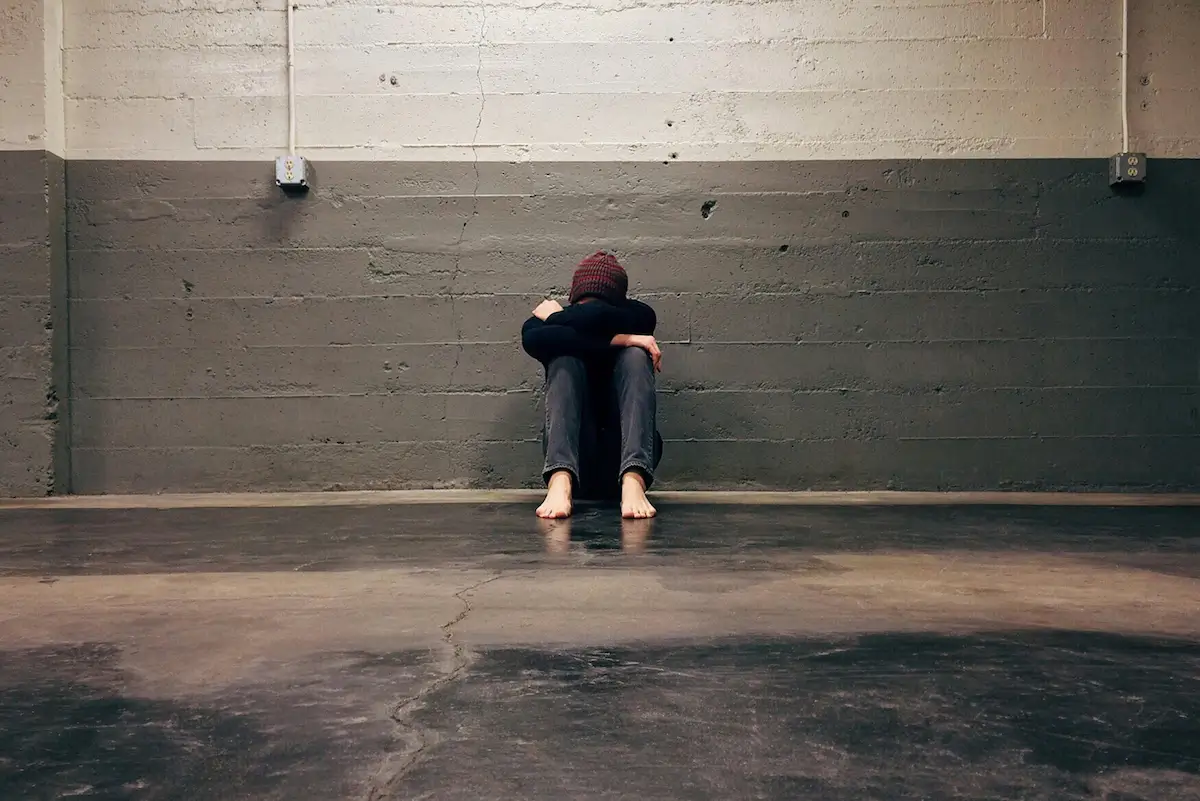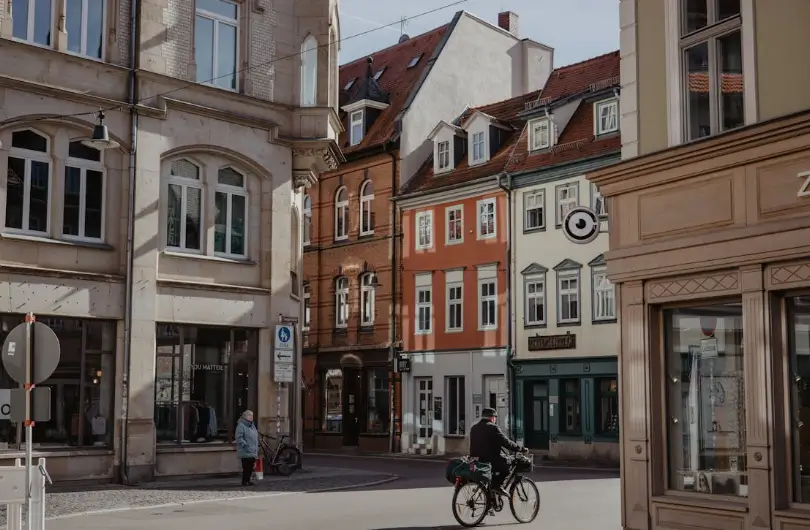What's an Overlay District?
Overlay districts are one of those planning terms that sound like you need a secret decoder ring to understand. But once you break it down, it’s not that mysterious, and it’s actually a pretty useful tool.
SO WHAT IS IT
An overlay district is a special zoning layer that’s added on top of your base zoning. It doesn’t replace the underlying zoning, it just adds extra rules or flexibility in a specific area.
Think of it like:
Your base zoning is the cake. The overlay is the frosting, sometimes protective, sometimes decorative, and sometimes full of added ingredients that change the flavor entirely.
WHY USE OVERLAY DISTRICTS
- To protect natural resources (e.g. a wetlands protection overlay)
- To encourage certain types of development (e.g. transit-oriented development overlay)
- To preserve historic areas (e.g. historic preservation overlay)
- To guide aesthetics or design (e.g. corridor design overlays)
- To incentivize affordable housing, sustainability, or other community goals
DO OVERLAYS APPLY EVERYWHERE
Nope. They’re used only in specific areas where the city or county wants to add or modify regulations for a particular reason.
CAN OVERLAYS BE CONTROVERSIAL
HA! Yes. Because they create new rules (or exceptions to existing ones), overlays can raise concerns about fairness, transparency, and who benefits. That’s why community input and clear communication matter when they’re being created.
WHY SHOULD YOU CARE
If you live or own property in an overlay district, you’re subject to those added regulations, whether it’s what you can build, how tall it can be, or how it has to look. On the flip side, overlays can also bring protections, incentives, or more predictable development to your neighborhood.
%20(1200%20x%20237%20px)%20(300%20x%2059%20px).webp)


.webp)


